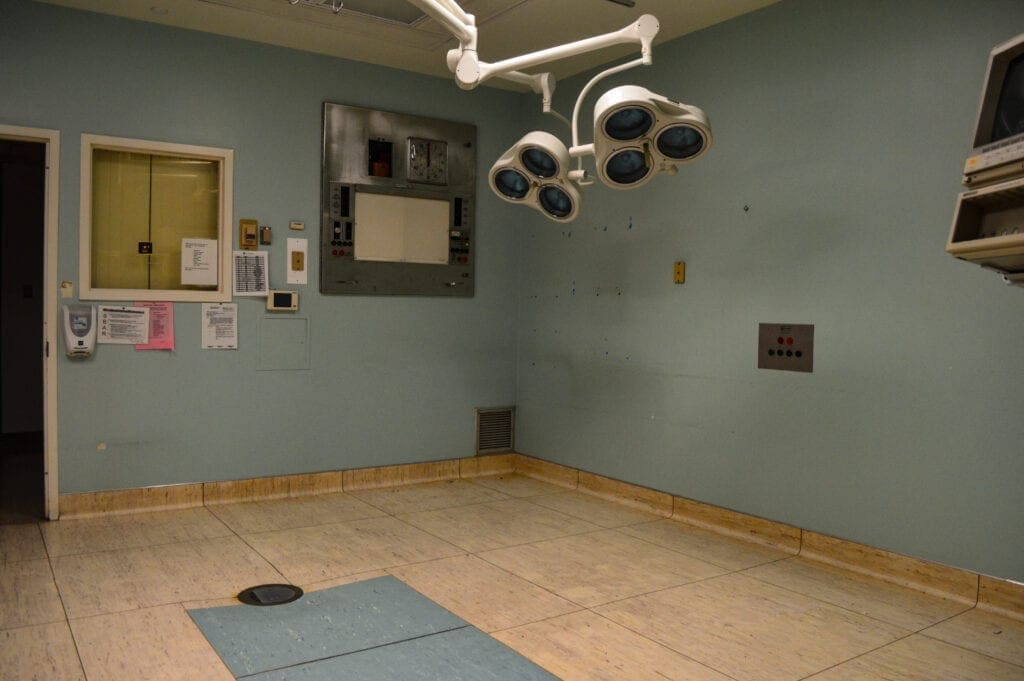Tables and chairs are stacked everywhere, and gurneys can be found in the oddest places, but not much else remains inside the West Tower on the Ohio Valley Medical Center campus.
There are no hospital beds. No respirators or heart monitors. And the hallways in EMSTAR and the surgical units were missing that hurried stroll most often adopted by nurses and techs. Lives were saved, and lives were lost on these floors, and former charge nurse Jonna Marple remembers it all.
“It’s really hard for me to think about it being closed for more than a year now. It seems so weird to me,” Marple said. “I have been working as a travel nurse, and I have been in Washington, D.C., Newark, Ohio, and now I am doing shifts in a Columbus hospital.
“The money is a lot better doing what I am doing now, but if OVMC ever opened back up, I’d go back in a heartbeat,” she said. “I love that place. It’s where I believe I belong, and I think a lot of other people feel the same way. It was a family, and I have found nothing close to that feeling at the other hospitals where I have worked since. Nothing even close to it.”
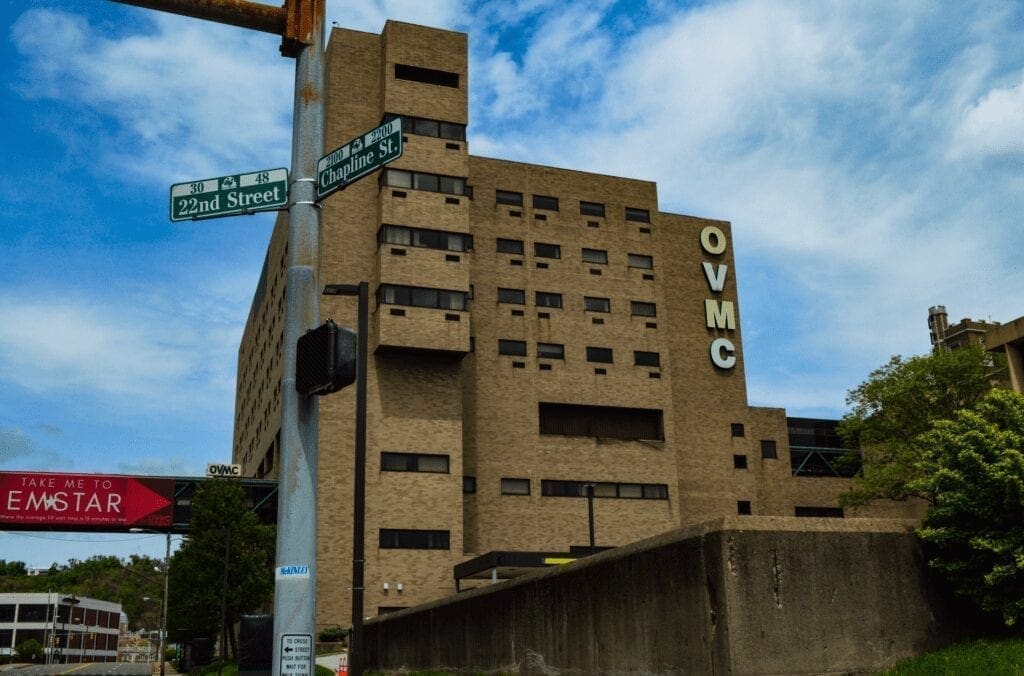

A Massive Building
Marple started at OVMC as a registered nurse, and then she was transferred to the facility’s intensive care unit. More than a year later, she joined the “float pool” and worked wherever needed. Toward the end of the hospital’s long history, Marple was a charge nurse.
“As far as the people who were at OVMC for general care, most of everything took place in what people call the West Tower,” Marple said. “On the lower level of the tower, we had the emergency room and radiology, and then on the next level up we had the OR and ICU units. Then there was the level with the lobby, the gift shop, the chapel, plus labor and delivery.
“From there, the second floor was pretty much the cafeteria, and then there was the oncology unit above that the telemetry unit, and then on the top was the medical surgical unit,” she continued. “I worked there for more than six years, and I didn’t really have to go to any of the other buildings on the campus.”
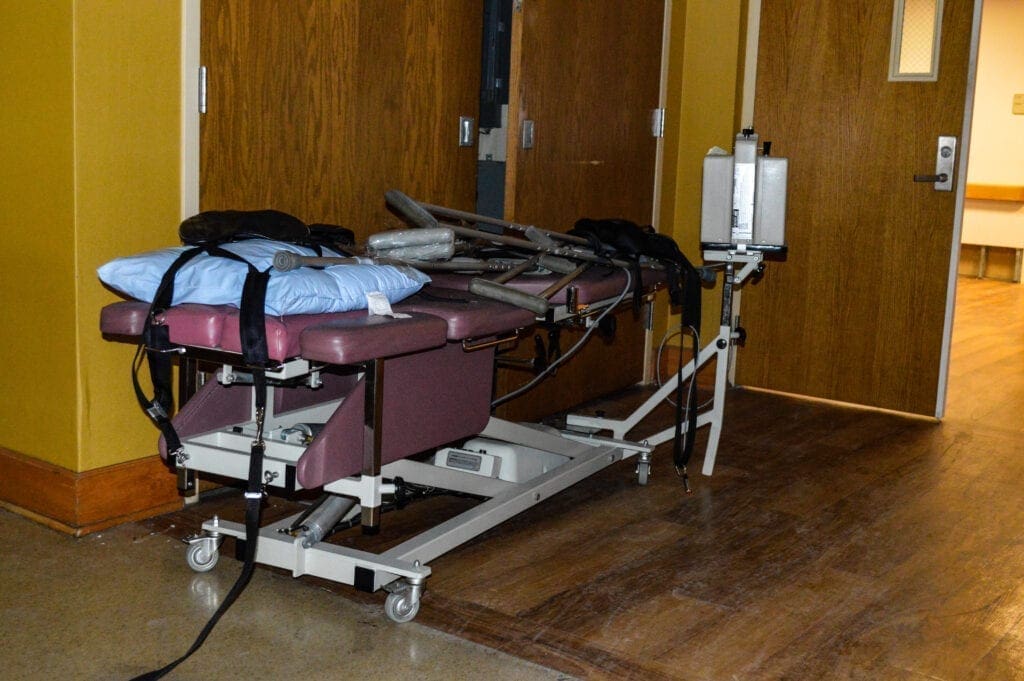
When OVMC was operated as a non-profit, the financial struggles were obvious to Marple and her co-workers, but they worked through them with hopes the board of directors would find solutions to the prevalent issues.
Those conversations, though, led to Alecto-West Virginia.
“When Alecto first bought us, we thought it was going to be a good thing because changes did need to be made, and we believed they were going to make those changes,” Marple said. “We really thought we would get back to making a profit while getting things back to the way they used to be, but that never happened. That was very disappointing to all of us, I can tell you that.
“Instead, Alecto just ran it even further in debt, and they didn’t pay any of the bills,” she said. “They pretty much screwed us and then ended up taking our jobs away from us after we were willing to make whatever changes needed to be made. Before Alecto, we knew there was debt and financial difficulties. We could tell, and we had hoped it would get better, but it never did.”
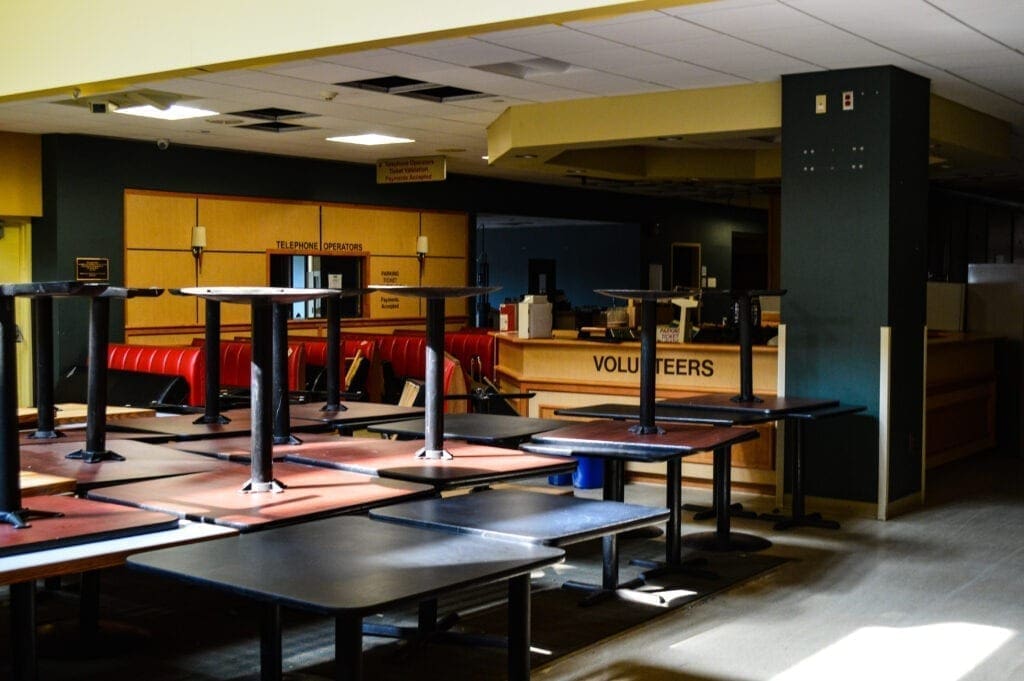

Not So Much a Savior
In the very beginning of Alecto’s ownership of OVMC, Marple explained that it felt as if the dark cloud hovering over the facility had finally faded, but she confirmed it did not take long for threat of closure to return. Once the corporation issued the WARN notices to all staff in Center Wheeling and in Martins Ferry, the employees were forced to purchase some needed supplies.
“At the very beginning, we did get some new equipment, and that was nice because some things were very much needed, but then everything went downhill,” the nurse recalled. “But we still were taking care of patients the way we always did, and the hospital staff, as far as care was concerned, still was doing very, very well.
“The people who worked there cared. They really, really cared,” she insisted. “To most of us, it wasn’t just a job. It’s hard to explain. But it was more than a job, and we were all fighting so the hospital would survive. When we got the notice, it was a surprise, but when we sat back and thought about it, I guess we should have known that it was coming because it seemed to be Alecto’s plan from the beginning.”
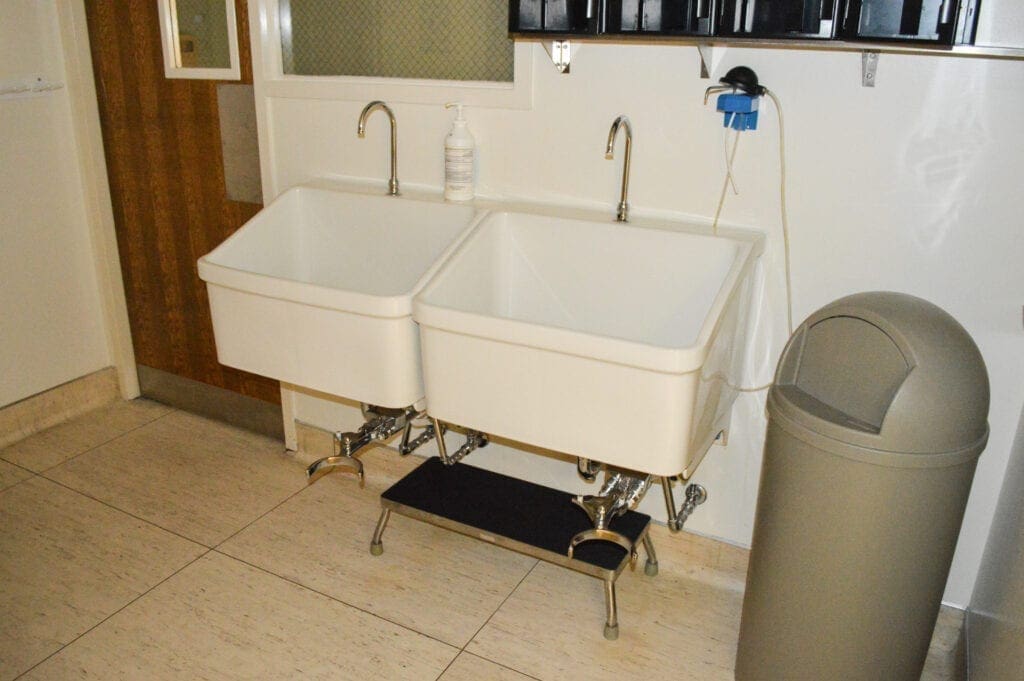
While East Ohio Regional Hospital was not closed until the end of September, OVMC was shuttered much sooner than expected. The campus, one that offered both medical and psychiatric care, fell silent on September 5.
“At the end, we started getting short on supplies because once they announced it was closing, they stopped buy supplies,” Marple explained. “We were running low on things like cups for the patients, and we were very worried about the oxygen supply that the patients obviously needed. We didn’t know what would happen if we ran out.
“When it came to things like cups and things like that, the staff ended up buying those things so our patients would have them,” she added. “And there were times when we had to go to other units to get supplies because one area would be out of something, but the others had things like IV bags and things like that. It was difficult, especially at the very end. We were able to offer the care we needed to, but we had to figure it out, and Alecto sure didn’t help.”

